What is cannabis design?
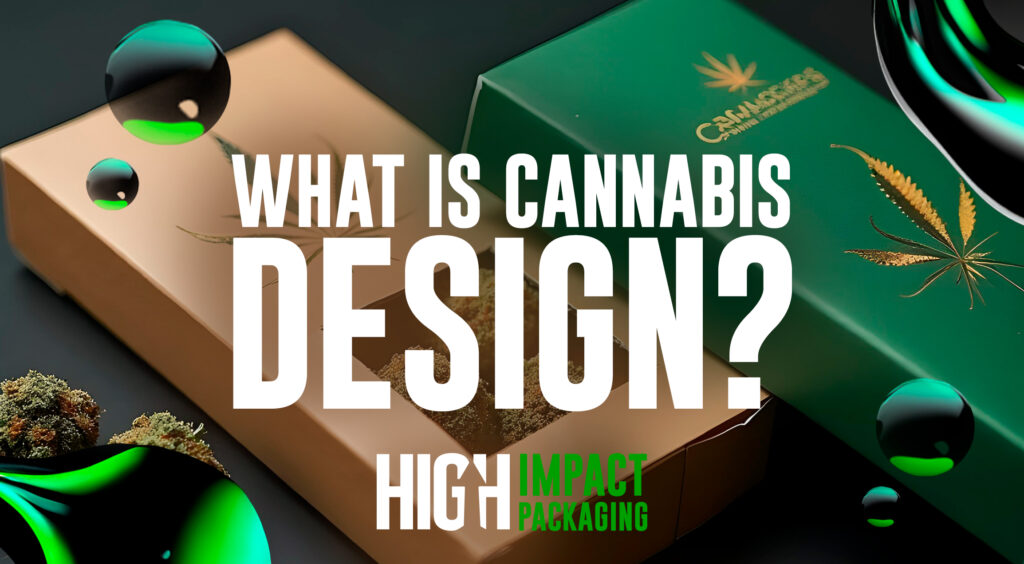
Lets start with the basics, cannabis design comprises packaging, product and retail interior projects related to cannabis plant use for medical or recreational purposes.
THE MANY FACES OF DESIGN IN CANNABIS
And no, we’re not referring to cannabis’ long standing spot in the inspiration arsenal of so many creative professionals (though of course, if you hang around long enough you’ll inevitably catch that fragrant whiff coming from the back alley of most design studios and artistic spaces).
Rather, it is that for designers, cannabis has become a once in a lifetime product to work on, because modern cannabis products have no real precedent. When it comes to designing a new brand or envisioning a retail space, most products already have an existing visual identity, an established look and feel. When you cast your eyes over grocery store shelves, without reading the labels you will have an inherent awareness of what is an alcohol brand, what is a cleaning product, which items are organic. Thanks to a lifetime of subliminal signalling, the fonts, colours, pictures and packaging will tell you what something is before you’ve even picked it up.
But… What is cannabis?
Cannabis is a product of multitudes, with a broad consumer base characterised by incredibly diverse demographics and an array of different occasions for its use. You’d be hard pressed to think of another product that can be marketed to both young and old, as a recreational device and also a medical treatment, to those who are chronically ill as well as those simply seeking to supplement their existing health and wellness.
What’s interesting about CBD, and obviously cannabis on the whole, is how broad the demographics of our consumer is. So with no easily defined target market, as well as a dire necessity for an image overhaul of cannabis pre-legalisation, this rapidly emerging industry has become an incredible landscape of opportunity for innovative and exciting design.
PACKAGING & BRANDING
This conundrum was grappled with in the first wave of reimagined, contemporary cannabis design, which followed on from the legalisation of medical cannabis and CBD.
These early brands aimed to earn the purchases of chronically ill patients and anxious everyday people through the design of what you might call placatory cannabis products, whose branding and packaging did not look dissimilar from the other bottles and boxes you’d find on pharmacy and health shop shelves.
Over the past couple of decades, the legalisation movement specifically in the USA, where it has been most extensively learned to speak the language of therapeutic use, while recreational use took a back seat.
While you are reading these lines, the cannabis market is sprouting new opportunities. So, you might be wondering how to become a part of that market. Everything begins with cannabis design. This is a cool and creative process that refers to both iterating cannabis products and packaging.
Cannabis design boils down to ideating, imagining, and crafting for a meaningful consumer experience rather than only rendering objects esthetically beautiful. It is a constituent part of compiling the whole customer journey from how a cannabis product is introduced to the audience to how it makes someone feel.
Knowing what cannabis product design is and what it comprises will help you stand out in the cut throat market regardless of your role. Whether you are a grower or a reseller, this blog is worth your time.
THE CHANGING FACE OF CANNABIS
Of course, it is not entirely true to say that cannabis has no precedent when it comes to the visual elements of design. These paradigms just didn’t necessarily represent good design or at least, not design that will be able to move the needle and serve cannabis as a product into the mainstream today.
Before cannabis was legalised, the plant’s design aesthetic was somewhere between the tie-dyed patterns of the Grateful Dead, the Rastafarian colour palette of Bob Marley, and the Jamaican flag, but that’s starting to change.
During the “Reefer Madness” of the 50’s, 60’s and 70’s, cannabis gained a bad reputation as a substance abused by hippies and stoners who surely lacked any discipline or ambition. Labelled a gateway drug, it represented the corruption of innocence and the manifestation of evil – the tacit enemy of those invested in a white picket fence lifestyle.
So it makes complete sense that modern cannabis design would want to shed this tainted former skin entirely especially when much of it is now trying to appeal to the people living behind those fences. To achieve this, it has to strip away these stereotypes and instead instill consumers with a sense of trust, relatability, familiarity, security and overall wholesomeness when it comes to cannabis products.
Cannabis design for products
In the hemp market, design approaches often combine mesmerizing features that range from flamboyant color schemes to extraordinary shapes to make a product noticeable. Whoever thought of this first is right: cannabis designs must be attention grabbing. But good looks alone are not the winning formula. Cannabis product design should also aim at usability. Whether you are marketing vapes, blunts, or edibles, you want them to be a breeze to use while delivering the best consumption experience. This includes testing various ingredients, shapes, and usage patterns until you identify the perfect market fit.
You can’t get there unless you understand your audience. That’s why the first step of cannabis design is to go out and check what the market is telling you and what the people you target are there for. Knowing whether your products are expected to be enjoyable or medically valuable will prevent your resources from going down the drain while working toward the right market fit.
Cannabis packaging design
Even if you have the best product, customers may ignore it if your packaging is off-target. Cannabis designs for packaging must perform several essential functions:
- Protective. Your vapes or buds must be safely kept if they are to remain fresh and usable until they get to the consumer. Ideally, their packaging should be made of several layers and be reusable. Otherwise, you may gain a reputation as a careless brand.
- Distinguishing. Can people determine your identity based on the packaging alone? This is the goal. You should adopt innovative packages and reiterate as frequently as it takes to make sure your packaging physically captures your brand values and fosters direct associations.
- Eco-friendly. You know eco-conscious consumers are everywhere, right? The cannabis market is no exception. Attitudes are shifting toward brands and product line-ups that offer environmentally friendly options.
Focusing on one of these functions while cutting corners on the others will not work. You want to double down on packaging that is protective, distinguishing, and eco-friendly at the same time.
Best cannabis design for packaging
When creating functional packaging like vape pen boxes or pouches for edibles, ask yourself the following questions throughout the process:
- Do your colors and textures make a good esthetic combination?
- Are your materials top-grade and sustainable?
- Can your customers quickly access the product?
- Are your branding elements noticeable?
- Are your labels clear and your typefaces readable?
- Does it satisfy all legal requirements in the area?
The answer to the first question can give you extra pointers on achieving a compelling design. Bold colors and textures encourage people to look closer. But don’t choose ostentatious hues just for the sake of standing out. Vivid and lively colors are second to none for recreational varieties, yet they may be inappropriate for medical-grade products.
Your cannabis design should be pragmatic and balanced. There’s no point in adding elements that overload the esthetic side if your target audience is more interested in therapeutic benefits. Nor does it make sense to add too many branding elements that may position your business as pushy.
The major elements of product development
Creating a cannabis product is unlike making a bottle of shampoo. Whether it’s a new cartridge, a cannabinoid-containing candy, or a cannabis-infused beauty product, it requires serious thought and consideration:
- Look, feel, and function. This triad is the backbone of cannabis product craftmanship. Your items should appear as works of art, feel natural, and function in a way customers want them to. Nobody will fork out for a nasty candy or a vape pen that is difficult to charge.
- Branding. Branding refers to giving a cannabis product an identity through various elements like fonts, colors, or marketing language. It serves as another reason for consumers to pay your product’s price and provides it with a distinguishing element in retail display.
Hemp product creation can’t go without compliance testing. It’s vital for your business to use the combination of cannabinoids and other ingredients that are legally allowed in your area and run tests to avoid legal issues.
Wrapping it all up
Cannabis design is the comprehensive process of hemp product development and packaging creation for vaping devices, edibles, topical items, and more. It involves accurate identification of the market demand and designing through iterations until this demand is satisfied and your goods are ready to enter the market.
But let’s be honest here: achieving perfect design can be taxing. Brands can find it difficult to carry out in-depth market research and identify the effective elements to adopt for their products and packaging. Without professional assistance, they may channel their resources in the wrong direction and end up with a poor market fit.
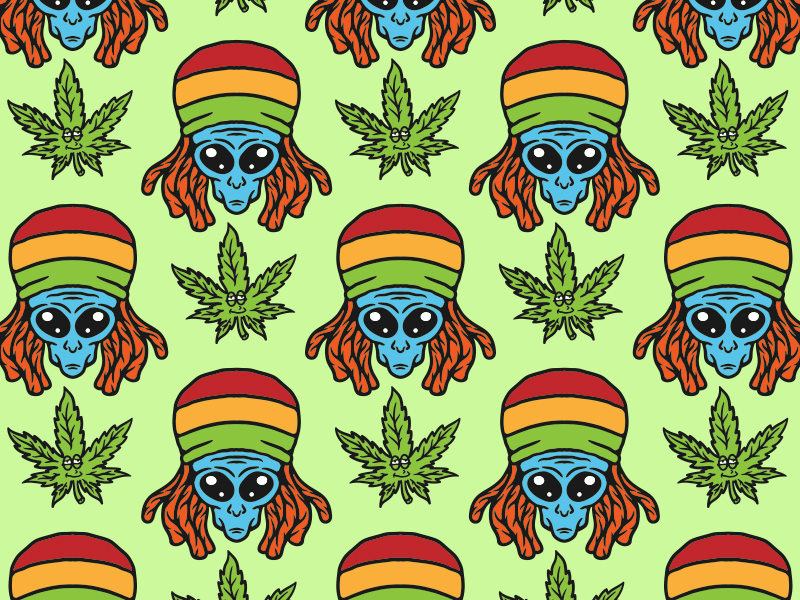

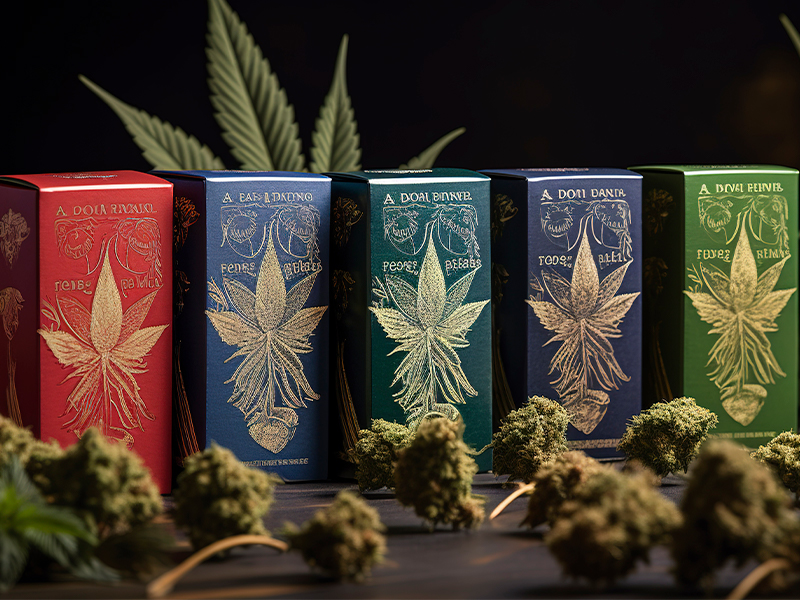
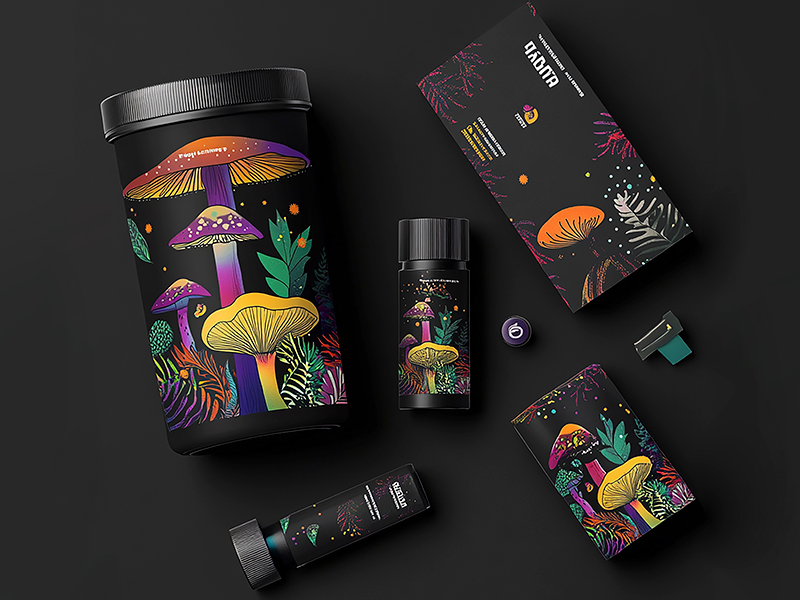
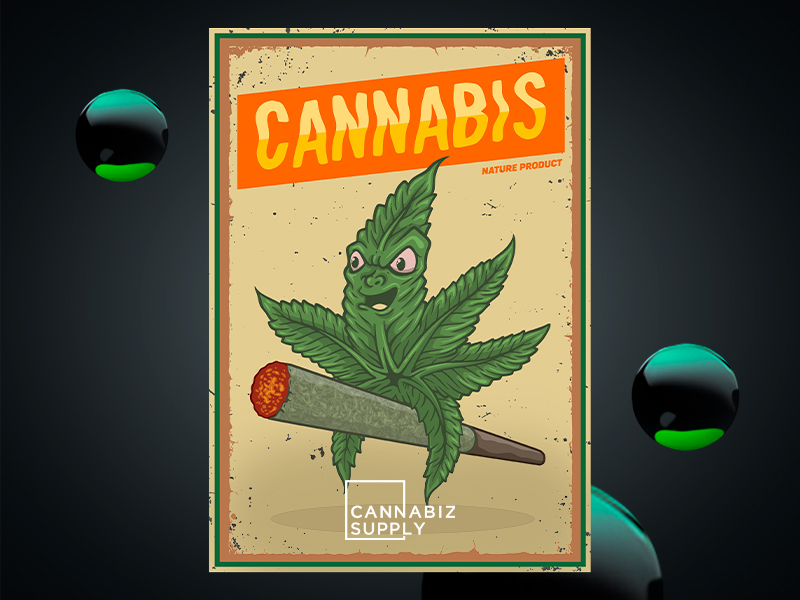
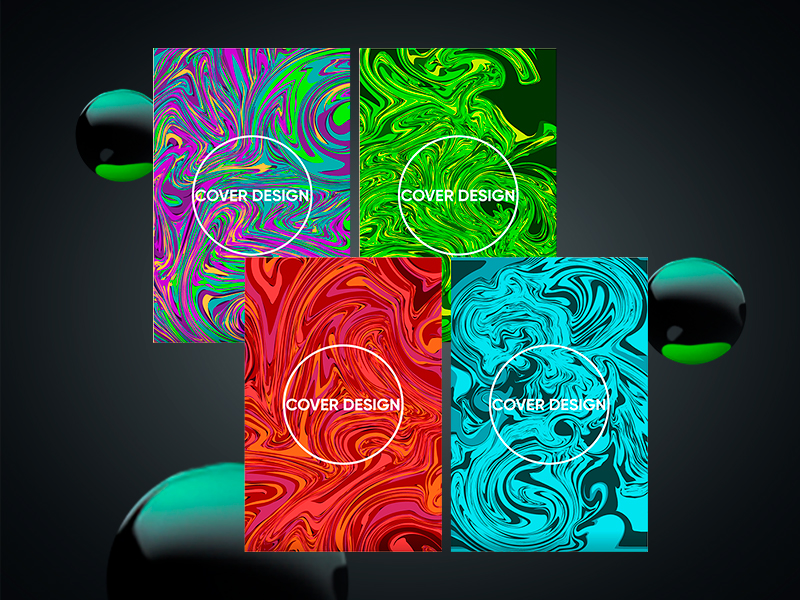
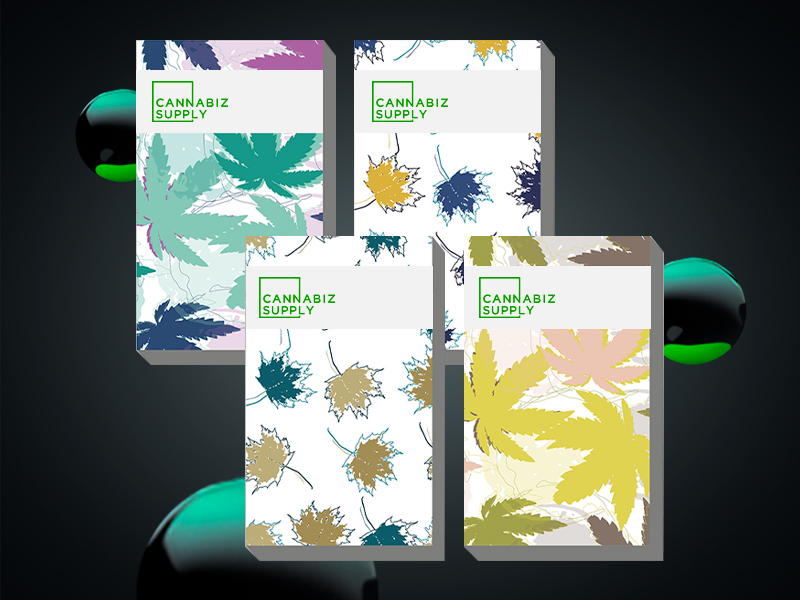
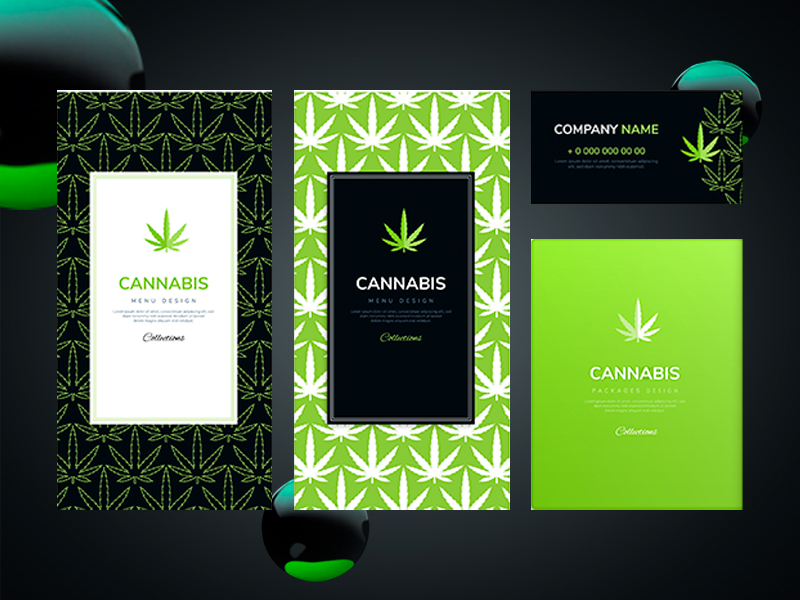
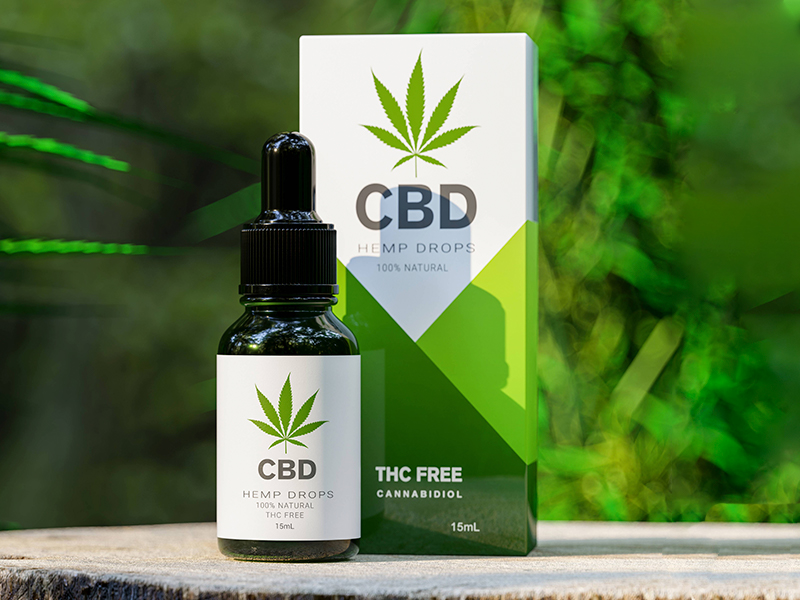
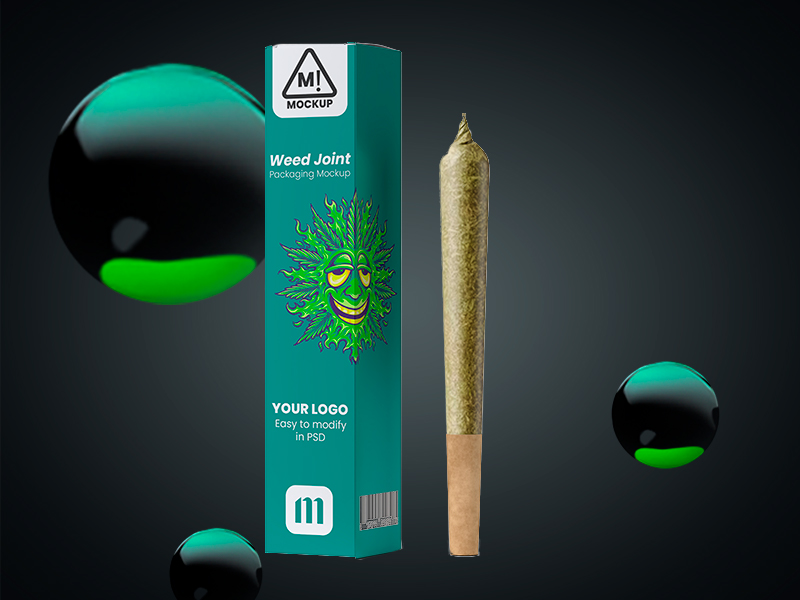
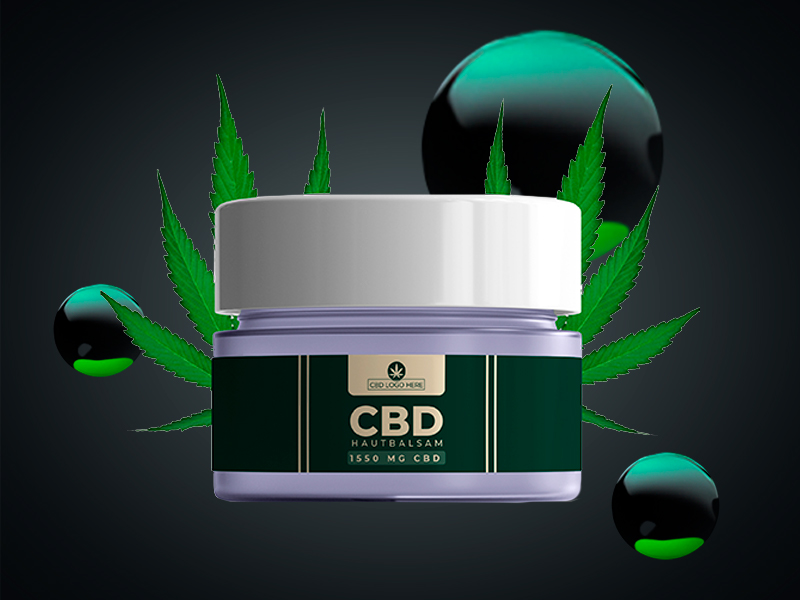



Leave a Reply